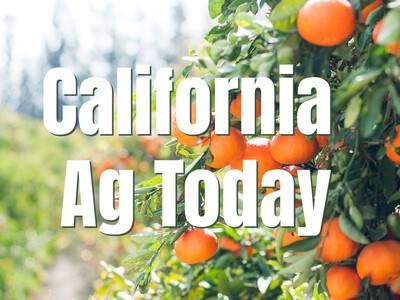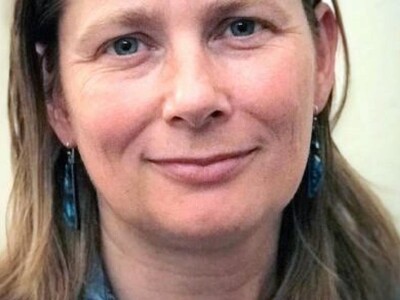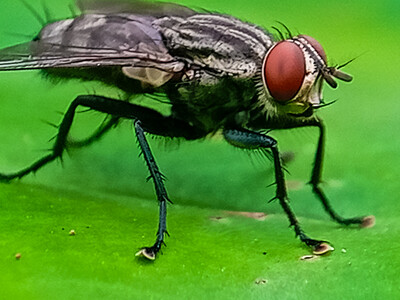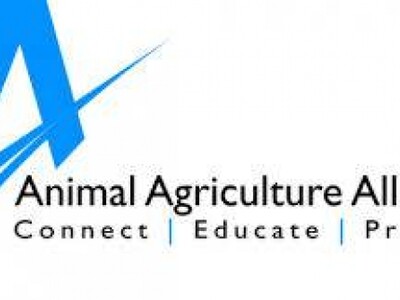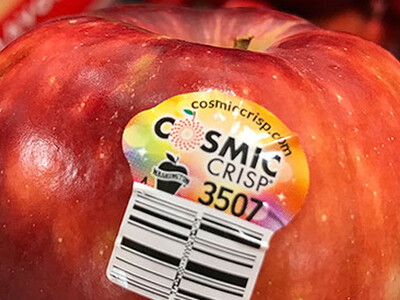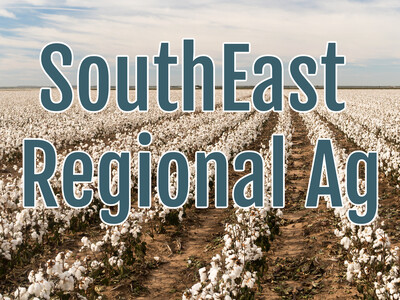Efficient Groundwater Management

Tim Hammerich
News Reporter
Managing groundwater has never been more important, especially after years of drought in the central and western United States. Farmer Roric Paulman was involved in a study on improving groundwater management. He says 2022 was extremely dry in his area of Southwest Nebraska.
Paulman… “We had one inch of precip between May 1 And September 15, but not an event over 20 hundredths, so cumulatively only an inch. So, we had to pump the bulk of the consumptive use of the crops that we grew, and it was an extremely-high withdrawal year. Typically, our allocation is about 12 inches, so it was significant, and, normally, our average is something less than 12 inches, the pumping, so it was a big year, a big number, and very expensive. Today, we're sitting right outside Lake Mead and that's nearly a dead pool, and we're in the same boat. River’s quality, supply, and timing is a big deal, so the responsibility of the stewardship and conservation of water just continues to bubble up.”
Paulman is taking actions to do what he can to conserve groundwater resources.
Paulman… “We made our farm a host farm for technologies, for these vendors to figure out how do they work with producers and get them more informed, but for them to understand what they need to provide. What do they need to help the farmer with and be able to give them the tools that help them out? So, we've been doing that for some time. So that just worked into working now with the University of Nebraska, working with the Irrigation Innovation Consortium, working with multiple partners, and land grants like Colorado State University, the University of Nebraska, and Kansas State University across the heart of the Ogallala Aquifer. Nebraska holds 63 percent of the Ogallala Aquifer freshwater supply underground. It’s meaningful. We have to be responsible and respective of where that is.”
Paulman said he saw some good results from these efforts.




